#naval artifacts
Text
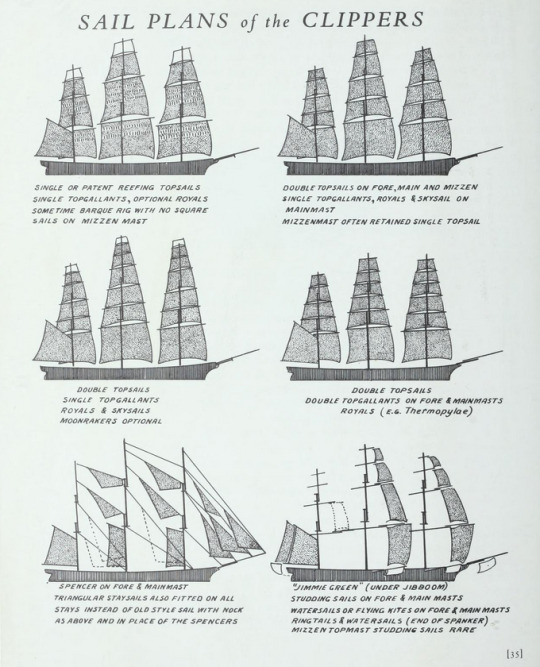
Sail plans of the Clippers - American and British during the 19th century in: China tea clippers, by Campbell, George Frederick, 1974
111 notes
·
View notes
Text
George Henry Hodgson of the HMS Terror
A Historical Recount, collection, and documentation of Lt. Hodgson's Life

Birth Record


When George Henry Hodgson was born on January 25, 1817, in London, London, England, his father, Robert, was 43 and his mother, Mary, was 39. He had one sister. He died in 1848 at the age of 31.

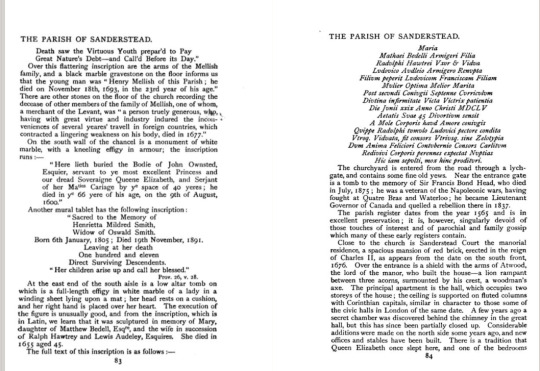
Henrietta Mildred Hodgson (only Sibling)
George Hodgson's Sister's Life and Death (Lefthand Side)
A Portrait of Her here: ⚓

⚓ George Henry Hodgson was an English Royal Navy officer and polar explorer. He fought in the First Opium War (1839-1842) where he distinguished himself in combat. He later served under Captain Francis Crozier as Second Lieutenant aboard HMS Terror on the 1845 Franklin Expedition, which sought to chart unexplored areas of the Canadian Arctic, find the Northwest Passage, and carry out scientific observations.



Found in: A naval biographical dictionary: comprising the life and services of every living officer in Her Majesty's navy, from the rank of admiral of the fleet to that of lieutenant, inclusive. - O'Byrne, William R., 1823-1896


Previous Services Aboard the HMS Excellent

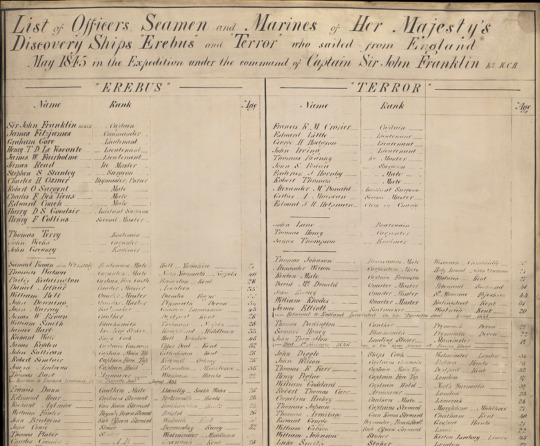
Muster Roll

George Henry Hodgson Lt. Record (links to my google drive)



Arctic Medal 1818-1855
All Officers and men of the Royal Navy and Royal Marines

Digital Memorial

I hope you have all enjoyed this lovely journey through records and materials relating to Lt. George Henry Hodgson. Admittedly there is very little substance here but I am more than happy with what I have procured. I hope it satisfies you as well.

#george hodgson#the terror#naval artifacts#naval history#franklin expedition#polar exploration#arctic exploration
41 notes
·
View notes
Text
The wreck of the Josephine Willis
The Josephine Willis, a packet ship launched in 1854, undertook a voyage to New Zealand under the command of Captain Edward Canney. During the voyage, there was an attempted mutiny by the crew. Twelve crew members deserted in Auckland, while others were dismissed in Calcutta on the return voyage. However, the second voyage, which started on 1 February 1856, was interesting. With a crew of 44 and 66 passengers, the ship again travelled to New Zealand. The ship had various general cargoes on board, including a large quantity of utility ceramics destined for the emigrant market in New Zealand.

The sinking of the Josephine Willis (x)
The ship was first towed to Margate Sands by a steam tug before sailing on to the Downs. After reaching South Foreland, the Josephine Willis travelled down the English Channel and at 20:10 a light was sighted. It was believed to be the Dungeness lighthouse and the helm was put to starboard. However, the light belonged to an approaching steamer, the SS Mangerton, an iron-hulled screw steamer en route from Limerick to London. The Mangerton struck the Josephine Willis just forward of the main mast on the starboard side and is said to have cut the ship in half. Some of the crew and passengers were able to climb aboard the Mangerton, while others escaped in the ship's boats. However, it happened that the two ships involved did nothing to rescue the other passengers, which is why the captains responsible were later held responsible and sentenced for reckless behaviour. During the incident, however, the Josephine Willis later capsised and sank. Between 69 and 70 people lost their lives in the accident, including Captain Canney.
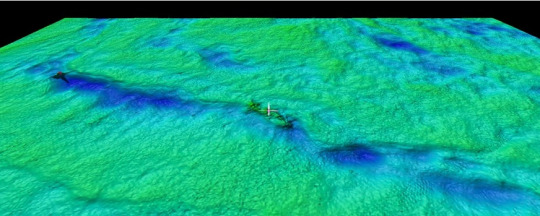
3D image of the 'Josephine Willis' wreck (x)
Dives were quickly undertaken to salvage the passengers' cargo and luggage. Amongst other things, a mahogany chest containing the ship's board and Captain Canney's personal belongings were recovered and handed over to his widow. Salvage work on the wreck continued until 1861.

Ceramics in situ (x)
The wreck was rediscovered by divers in approximately 2018. Diving investigation revealed that a large quantity of the ceramic cargo was still in situ. The ceramic assemblage is principally comprised of wares from three Staffordshire based potteries - Mexborough, Charles Meigh, and Davenport. Several of the ceramic types discovered are unknown in current museum collections, or have previously only been seen in the form of wasters.

Recovered ceramics (x)
Interpretation of geophysical data indicates that the full length of the vessel survives in situ, with a maximum length of 46m, and a maximum width of 10-11m, which is consistent with the known dimensions of the vessel. A potential vertical break in the hull is located approximately halfway along the wreck mound. This corresponds with the position which the Mangerton was reported to have collided with the Josephine Willis. It would appear that the wreck has broken it's back and the remaining structure lies in two halves.

Recovered toys and caramics (x)
#naval history#naval artifacts#shipwreck#josephine willis#mid 19th century#underwater archaeology#age of sail
50 notes
·
View notes
Text

A Nailsea glass frigger (made from leftover glass) of a three masted ship together with a smaller vessel, 19th century
37 notes
·
View notes
Text
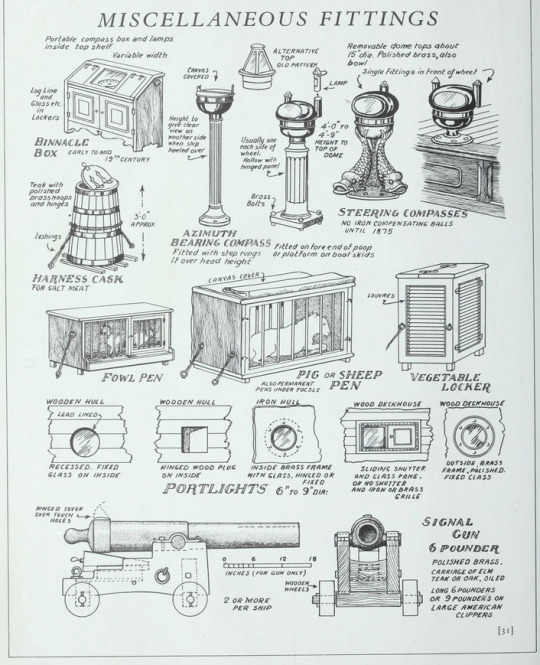
Miscellaneous Fittings on Clipper and other Ships during the 19th century in: China tea clippers, by Campbell, George Frederick, 1974
#naval history#naval artifacts#fittings on ships#19th century#age of sail#age of steam#art#infographic
53 notes
·
View notes
Text

A pair of solid gold earrings, modelled as galleons, with gold wire masts & rigging, enamel decoration and pearls, 1600s
15K notes
·
View notes
Text

Scrimshawed whale bone pie crimper in shape of a Unicorn, made by a sailor for a beloved person ashore or aboard, mid 19th century
Constructed from two sections of whale ivory with a baleen spacer. Well-formed head with inset baleen eyes and applied baleen ears and horn. Fluted wheel with a star-shaped hub supported by the unicorn's front legs. Elegantly formed rear legs and looping tail. c. 20cm long
10K notes
·
View notes
Text

Large lighthouse lamps with Fresnel lenses, 19th century
6K notes
·
View notes
Text

Sailor's Valentine, origin unknown - the design could speak for one of the very rare genuine sailor made valentines. 19th century
#naval art#naval artifacts#sailor's valentine#19th century#maybe an original sailor made one#age of sail
5K notes
·
View notes
Text

Unusual sailor's love token, with three bone dice housed in a chain corresponding to a dainty shell and a heart medallion with the inscription "SJC", the dice are arranged in the orders "215" and "562". 19th century
5K notes
·
View notes
Text


Ship's medicine chest, early 19th century
This chest belonged to Robert Jillett, pioneer whaler, Kāpiti, New Zealand, 1836-1845. It was supplied by the Apothecary's Hall, London, and replenished at Hobart Town, Tasmania.
#naval artifacts#medicine chest#surgeons at sea#whaler#new zealand#early 19th century#mid 19th century#age of sail
2K notes
·
View notes
Text

Scrimshawed nautilus shell, depicts the Great Britain and the Great Western aswell as a coat of arms, by C. A. Wood, mid 19th century
2K notes
·
View notes
Photo
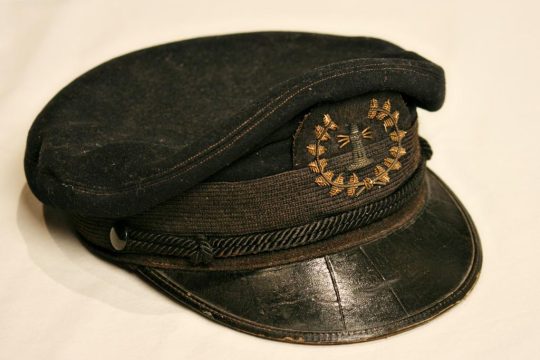
Lighthouse Keeper’s Hat, America, c. 1910
7K notes
·
View notes
Text
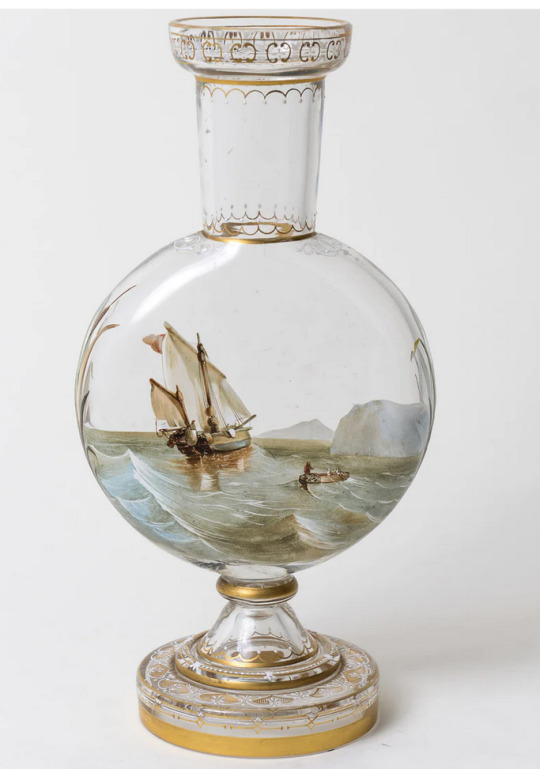
A beautiful moon shaped vase made of enamelled glass. The clear body is decorated with gilded and raised white enamel. The star of the vase is the enamelled scene, which is supposed to represent the exploration of the Arctic with a sailing ship and a small rowboat. Around 1870
4K notes
·
View notes
Text

Section of new Eddystone Lighthouse, in: "Our Seamarks; a plain account of the Lighthouses, ... Buoys, and Fog-signals maintained on our Coasts. ... With ... illustrations", by Edwards, E. Price 1884
2K notes
·
View notes
Text

A fish shaped pie crimper, scrimshawed by a sailor, made of whale bone, mid 19th century
2K notes
·
View notes